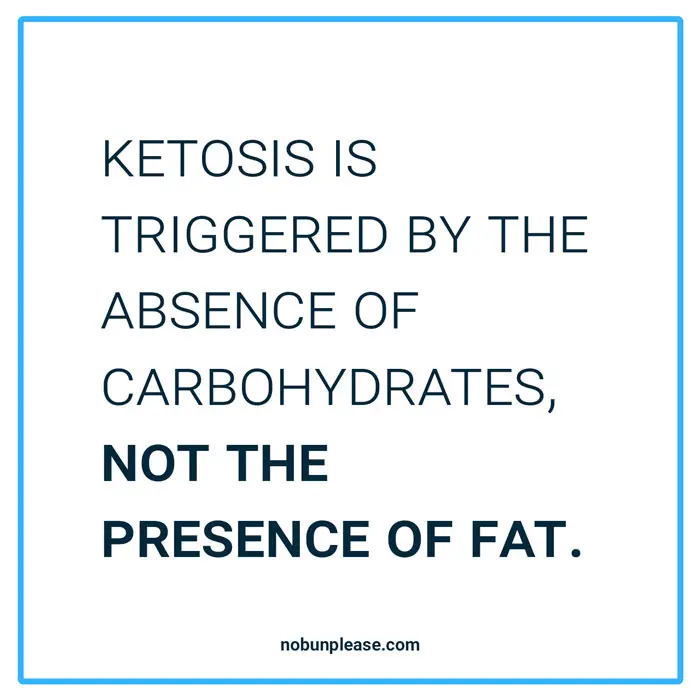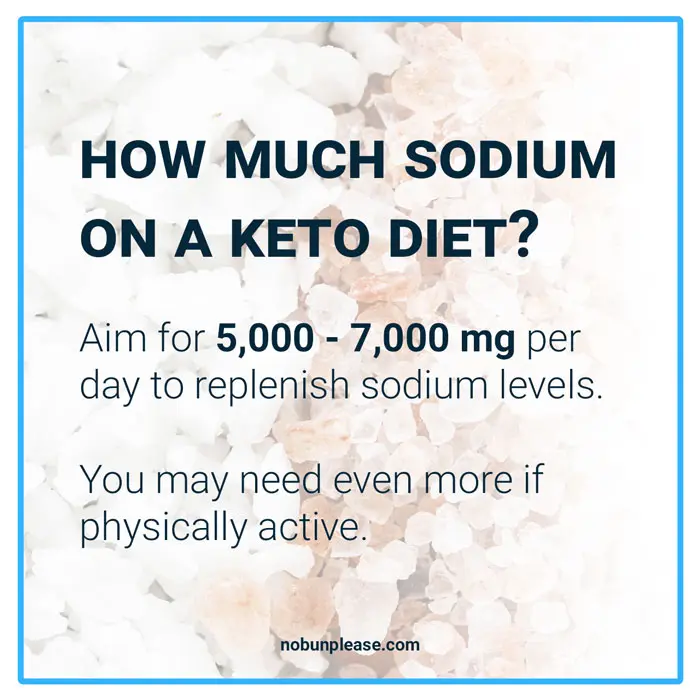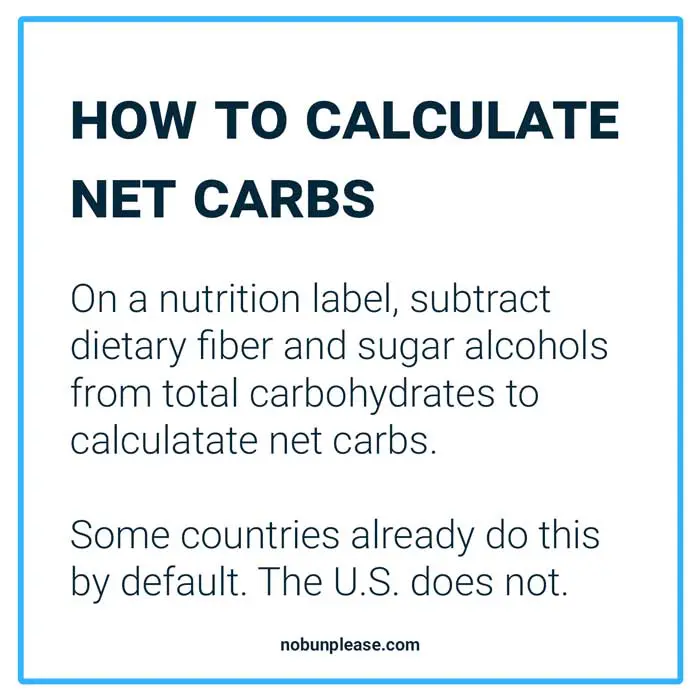“This post contains affiliate links, and I will be compensated if you make a purchase after clicking on my links.”
The Keto Diet for Beginners Guide is meant to serve as a simplified approach to the ketogenic diet.
A big issue, however, is that Keto is not always the easiest to explain and understand.
Keto can seem like magic if you put in the work. Hopefully this guide finds you well and will make things a little easier!
A traditional ketogenic diet has a macronutrient breakdown of roughly 70% fat, 25% protein and 5% carbohydrates. These guidelines were developed for those suffering from epilepsy.
I follow an approach with one simple focus -- to enter and maintain a metabolic state of ketosis.
Guidelines
When I first started following a ketogenic diet, I always felt as though the rules were too rigid.
On the other end of the spectrum, I also knew that I couldn't be trusted around carbs when given free range.
My solution is a livable combination of the two that can be adopted long term.
These are the guidelines that I follow for my version of the Keto diet:
Track the essentials with MyFitnessPal
- calories (eat within your suggested calorie limit)
- carbohydrates (stay at or below 20g net per day)
- adequate protein intake (to prevent muscle loss)
Eat the remainder of your daily calories from healthy fats and protein until satisfied.
Listen to your body
- Eat if you're hungry and stop when you're full. If you're not hungry, don't eat.
- Eat food you actually enjoy. Don't force anything you don't.
- If a food makes you feel negatively, consider removing from your plan.
Electrolytes and water are not optional
- You can choose to get your electrolytes from food or supplements. I get my sodium and potassium from food and supplement with magnesium.
- Drink enough water to feel hydrated, especially if you consume coffee. If your urine is clear, you're drinking too much. If it's a dark yellow color, you're not drinking enough.
Be kind to yourself
- You're going to make mistakes along the way and that's okay. Don't dwell.
- Aim for consistency over perfection -- "Practice makes permanent."
- If you fall off track, you don't have to compensate with anything. Take note of how you feel and jump right back into it!
What is Keto anyways?
Keto is a shortened version of the word ketogenic or ketosis. A metabolic state of ketosis triggers the body to burn fat as energy in place of carbohydrates.
Most people that consume carbohydrates rely on sugar for energy. This is because the body converts all carbs (including foods like fruits, potatoes and candy) into glucose. Glucose (and most other things that end with -ose) are just fancy words for sugar. In excess amounts, the body will store these carbohydrates as water weight and for energy to be utilized later.
When we change our energy source to fat, the liver creates a byproduct called ketones or ketone bodies. These can be utilized for energy just as well -- if not better -- than glucose.
Ketones are created in the liver from the fat in our food and from fat stored on our bodies. Any excess are excreted through the urine and are not stored (unlike glucose).
Benefits of the Keto Diet
Many reported benefits of following a Keto Diet include:
- weight loss
- improved blood sugar
- mental clarity
- improved mental health
- reduced inflammation
- ability to intermittent fast easier
- better digestion
- hormonal regulation
- seizures and migraine improvement
Keto can also help improve conditions such as:
- type 2 diabetes & insulin resistance
- obesity & metabolic syndrome
- irritable bowel syndrome (IBS)
- heart disease prevention
- Polycystic Ovary Syndrome (PCOS) & fertility issues
- depression & anxiety
- inflammation
Research shows that a ketogenic diet shows promise in cancer prevention and recovery.
How do I get into ketosis?
Ketosis is triggered when the body has burned through it's reserve of stored glucose, commonly referred to as glycogen. The easiest way to burn through glycogen is to keep carbohydrate levels low for an extended period of time.
The rate at which you enter ketosis can also be increased by exercising or fasting.
One important thing to keep in mind -- ketosis is triggered by the absence of carbohydrates, not the presence of fat.

How will I know if I'm entering ketosis?
There are a few different physical ways to determine whether or not your body is in ketosis.
Some of the most common ways are:
- a metallic or acetone taste in the mouth
- increased energy and mental clarity
- intermittent feelings of euphoria
- increased urination
Another way that you can test for ketosis is with a blood ketone monitor. This is absolutely not a requirement (I don't even do this regularly), but it is an option if you're curious.
I really like the monitors from Keto Mojo because they also have the capability to read blood glucose levels. The test strips are generally more affordable than most brands as well.
There are ketone test strips that you pee on, but they are inaccurate and only measure excess ketones in the urine.
Water and electrolytes are not optional
Try to drink at least 8 glasses of water per day, especially if you consume coffee. This will prevent dehydration.
Be sure to also replenish electrolytes to prevent the Keto flu.
Side effects of the Keto flu include nausea, fatigue, and headaches.
If you are just starting out, you may experience the Keto flu for the first few days.
Sodium Recommendation
Sodium is the main electrolyte that you'll be managing, and doing so can make all the difference in how you feel. It is recommended that you consume 5,000 to 7,000 mg per day.
This may seem excessive, but we are constantly excreting our electrolytes and excess ketones through our urine.
Some easy ways to consume enough sodium:
- liberally salt your food (sea salt and Himalayan pink salt are best)
- add small amounts of salt to your water (too much has a diuretic effect)
- consuming salty foods
- drink bone broth or chicken stock
- eat pickles (and take a swig of the juice)
If you are ever experiencing headaches or feelings of weakness, consuming sodium is a great first line of attack. If electrolytes are truly the issue, the symptoms should subside quickly.

Potassium Recommendation
Potassium is another important electrolyte that you'll want to make sure you're replenishing efficiently on the Keto diet. If you've ever experienced cramps in yours legs or arms, low potassium is likely the culprit.
The daily recommendation for potassium on the Keto diet is 1,000 to 3,500 mg per day.
Make sure you're getting enough potassium by:
- eating potassium rich foods (avocado, spinach, mushrooms)
- using Lite Salt on your foods (it's a blend of sodium and potassium)
- using an electrolyte replacement
- supplementing with potassium sulfate or chloride
Did you know that an avocado has just as much potassium and a lot less sugar than a banana?
Magnesium Recommendation
Finally, magnesium is the last electrolyte that we need to ensure we're getting enough of when following the Keto diet. It is recommended that we get 300 to 500 mg of magnesium per day.
Magnesium is the perfect supplement to take in the evening. It helps regulate blood pressure and I find that it helps me relax before bed. Do be careful with your dosage -- too much can cause loose stools.
Ensure you're getting enough magnesium by:
- eating foods like avocados, nuts, seeds and leafy greens
- supplementing with magnesium (glycinate is easily absorbed and gentle on the stomach)
- using an electrolyte replacement
Magnesium deficiency is very common. Even if you don't follow the Keto diet, it may be worth researching.
Track and keep carbs under 20 grams
Keeping your carb intake under 20 grams per day ensures the body rarely dips out of ketosis.
Some are able to eat up to 50 grams of carbs and still remain in ketosis.
Even eating under 100 grams of per day is considered a low carb diet and can improve your health.
Net carbs vs. total carbs
There are two ways to track carbs when following this lifestyle. Some choose to count 20g of total carbohydrates. Others choose to count net carbs.
To determine net carbs, simply take the total carbohydrates and subtract the dietary fiber and sugar alcohols.
Net carbs = total carbs - fiber - sugar alcohols
The body does not process fiber or sugar alcohols like other carbohydrates. They are either broken down by our gut bacteria or are passed undigested through our tummies.
I have counted net carbs since the beginning and have never had any issues.

Fat is your energy source but calories matter
When the body enters ketosis, it starts utilizing fat for energy. Fat is converted into ketones and powers us through the day.
Excess body fat is also broken down and used for energy when in ketosis.
While we can enjoy fat relatively freely, you do not need to drink a gallon of butter with every meal. Use fat as you would normally -- to add great flavor to your meals. If your goal is to lose weight, use enough to be satisfied.
Calories do still matter.
What foods do I eat on the Keto diet?
When following the Keto diet, we're going to want to make choices that are low carb and high in fat.
Here are some of the most Keto friendly foods you can enjoy:
- Meats & seafood - all types of meat, eggs, bacon, cured meats, organ meats, fish and shellfish
- Fats - butter, coconut oil, animal fat, olive oil, avocado oil, nut butters, ghee, MCT oil
- Dairy - full-fat cream, heavy whipping cream, cheese and other low lactose dairy products
- Vegetables - broccoli, cauliflower, leafy greens, cabbage, mushrooms
- Fruits - blueberries, strawberries, raspberries, avocado
It is best to avoid most processed foods on this lifestyle.
Read: Full Ketogenic Diet Food List
Helpful links
What questions do you have about the Keto diet? Comment below or ask in the official Keto Support Group on Facebook.

Brandy
Thank you for all you do! I love how you make it feel so possible, so many others talking about keto stress me out with rules and numbers so much that I start to feel hopeless. I've seen several pages talk about limiting protein and that's been the hardest for me to do, limiting carbs? No problem! Do you keep track of your protein?
Dom Geracia
When I'm tracking, yes. I don't track much anymore, though. I just try to make sure I'm making some good choices throughout the day that are high in protein. Other than that, I just eat when I get hungry!
Mark Jenkins
70% fat, 25% protein and 5% carbohydrates. I can regulate carbs like 20 grams but not sure what the percentage are relative to. Calories? How do I know what constitutes 70 percent fat in the foods I eat daily. What is an example of amount and type of foods that give me the correct percentages? Thanks!
Dom Geracia
Theoretically, it's 70% fat, 25% protein and 5% carbohydrates of your daily calorie limit.
This is a lot easier to track with an app, like My Fitness Pal.
For a simplified method: The biggest factor is to keep your carbs below 20g. You can get the rest from fat and protein. No specific set amounts, though I do try to build around protein.
I also suggest checking out this sample meal plan I put together: nobunplease.com/free-keto-meal-plan-beginners
Kathy
Hey there. I’m struggling a bit. 3rd time through keto. I’ve been following religiously since the end of March. Totally stalled with no loss for three weeks now. Definitely not eating out of plan and am drinking water and walking regularly. Any tips for breaking a stall? I even tried a cheat day last weekend out of desperation. I’m down about 20 lbs but with easily 40-50 to go. Any advice would be appreciated!!
Dom Geracia
Hi Kathy-
I know you may be frustrated, but stay the course! Weight loss isn't always linear and it can take some time. Your body is changing. Instead of making more changes to food, I would try focusing on lifestyle habits like de-stressing, getting enough sleep and vitamin D if you aren't already! These things can have a dramatic impact on how/when the body drops weight.
I know it can be discouraging to not see results for a few weeks, but it will come off. One morning you'll wake up and BAM! It will be worth it!
Janet Woods
How much fat, meat fats ,vegetables etc of each do we eat every day?
Dom Geracia
Keep your carbs under 20 - 50g to maintain ketosis and the rest is your choice. Some do better with a lot of veggies and others not so much.
Eat fat and meat to satiety. It should help keep you full.
If you'd like to know exactly how much you are eating, I suggest downloading a tracker like MyFitnessPal or Carb Tracker.